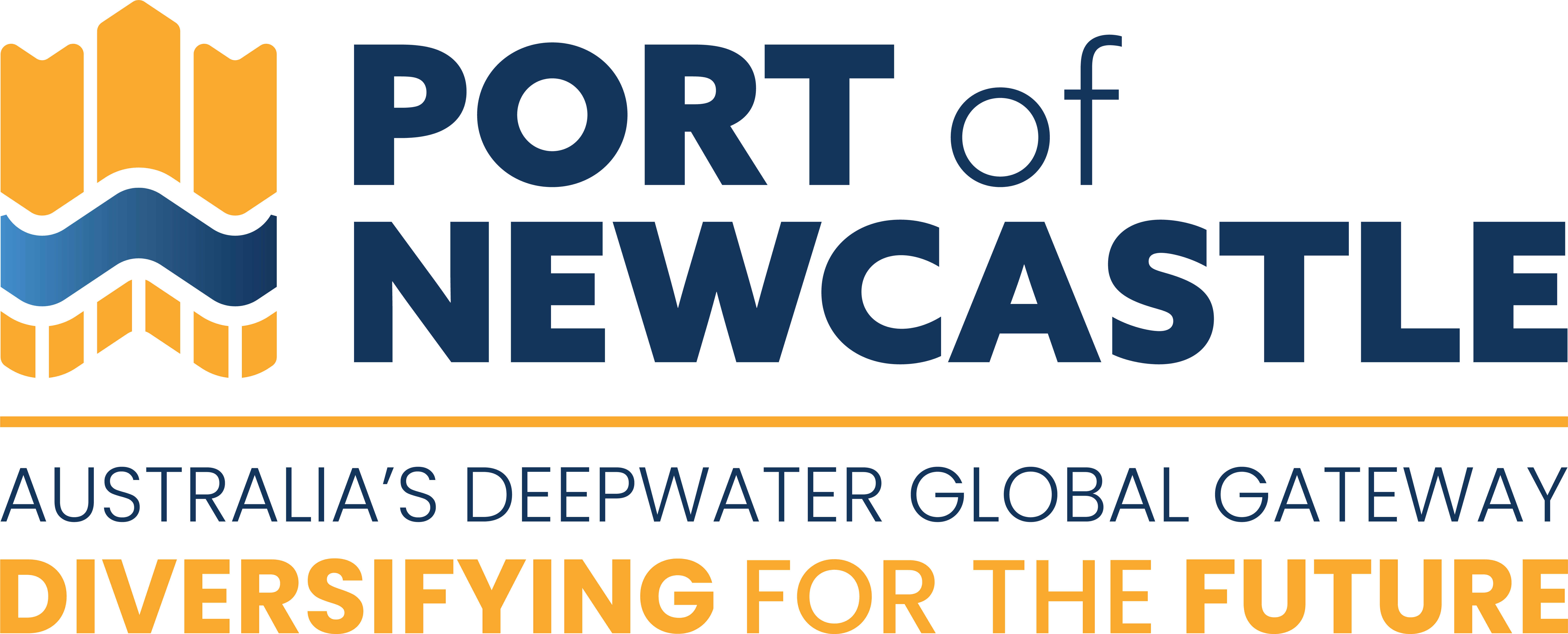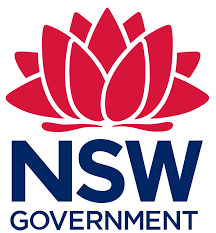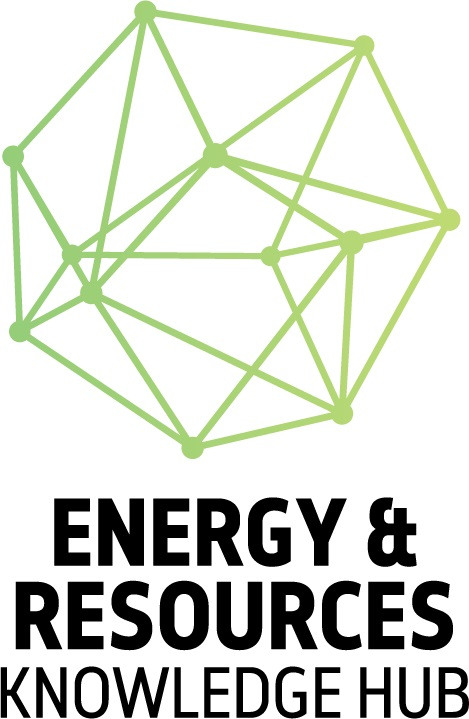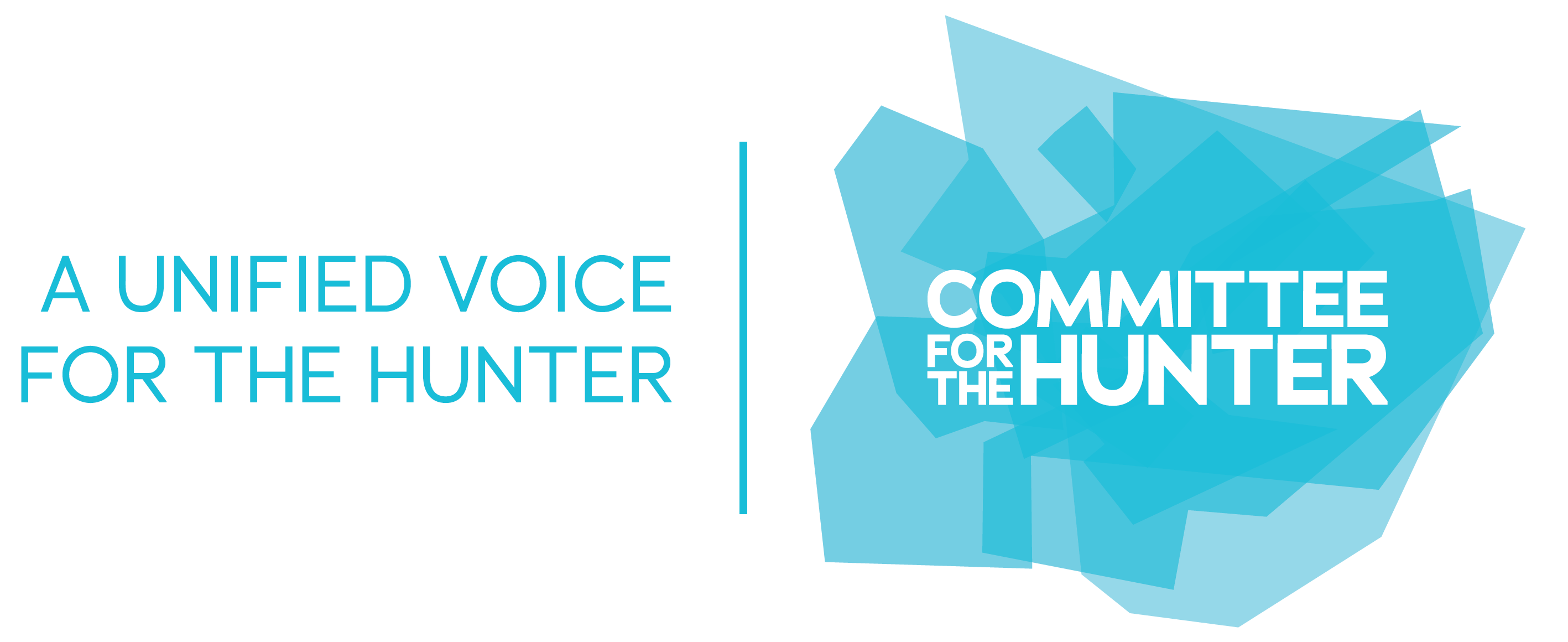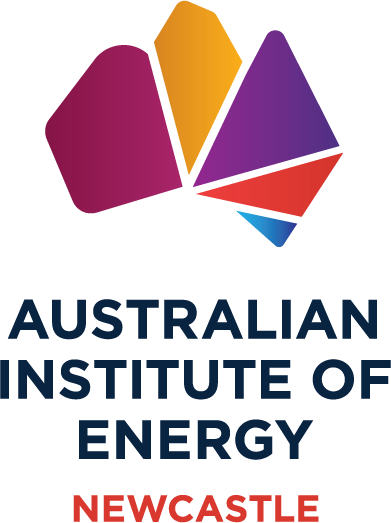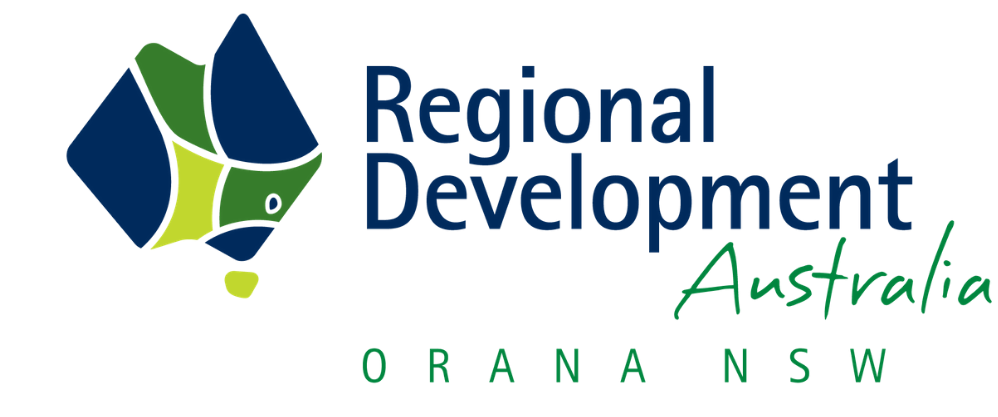Federal funds support emerging hydrogen and renewable energy aviation technology
This financial support comes as part of Round 2 of the Emerging Aviation Technology Partnerships program.
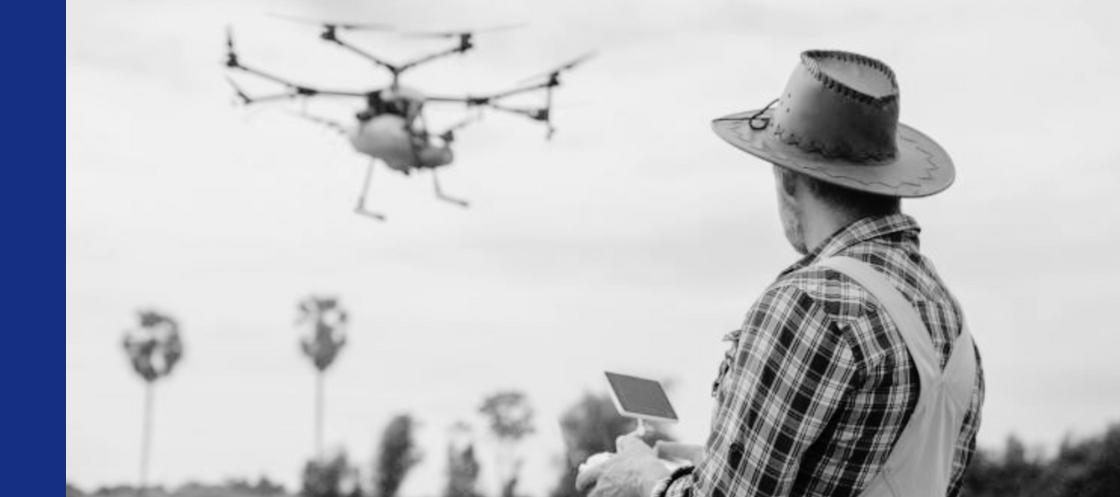
The Australian Government is investing close to $13.5 million in federal funding in 12 projects as part of Round 2 of the Emerging Aviation Technology Partnerships (EATP) program. The projects are set to enhance the manufacturing sector, boost the use of digital technology in agriculture, improve regional connectivity, and provide better services to remote and regional First Nations communities.
An important aspect of these projects is the exploration of renewable and low-emission energy sources for aviation technologies. Among the initiatives are the development of a hydrogen refuelling system and a high-powered electric aircraft charger.
A significant portion of the funding is directed towards developing and deploying drones for humanitarian aid and disaster recovery operations, facilitating cargo deliveries in remote areas, and transporting medical supplies to First Nations communities in the Torres Strait. There is also a focus on using uncrewed aircraft, including large remotely piloted aircraft, as automated, zero-emission solutions for large-scale farm spraying in regional and remote areas.
Assistant Minister for Regional Development & Education, Senator Anthony Chisholm said of the program, “We’re already honouring our commitment to build a Future Made in Australia by partnering with industry through this program to develop innovative aviation technologies that can make a real difference for communities, particularly those in regional, rural and remote Australia."
One of the notable projects includes AMSL Aero Pty Ltd from Victoria, which is set to conduct flight tests and regional demonstrations of electric vertical take-off and landing (eVTOL) aircraft. This project also involves researching regulatory barriers for hydrogen-powered eVTOL operations and developing a hydrogen refuelling system to enhance regional connectivity.
Another project led by Li-S Energy Ltd, spanning QLD, NSW, and VIC, aims to create a prototype fixed-wing drone integrated with solar and battery technology. This drone is designed to extend flight duration without the need for recharging or landing, enhancing the efficiency of UAV batteries beyond current lithium-ion technology and supporting the local manufacturing sector.
In Queensland, Stralis Aircraft Pty Ltd plans to convert a small single-engine passenger aircraft into a hydrogen-electric aircraft. This conversion will demonstrate the capabilities of zero-emission propulsion technology for regional transport applications, accompanied by a comprehensive flight test campaign and regional demonstrations.
Autospray Pty Ltd in NSW is set to research, develop, and trial multiple large remotely piloted aircraft systems for continuous 24/7 farm spraying operations. This project aims to address regulatory challenges and reduce costs associated with automated, large-scale, zero-emission farm spraying in regional and remote areas.
Reflecting on the broader impact of these investments, Senator Chisholm noted, “When we invest in local innovation and manufacturing, it creates more opportunity for our regions now and into the future.”
These investments build upon the $18 million allocated during the first round of the program, which has already supported critical projects such as air ambulance trials in regional Australia and the development of more efficient propeller designs for both emerging and traditional aircraft.



